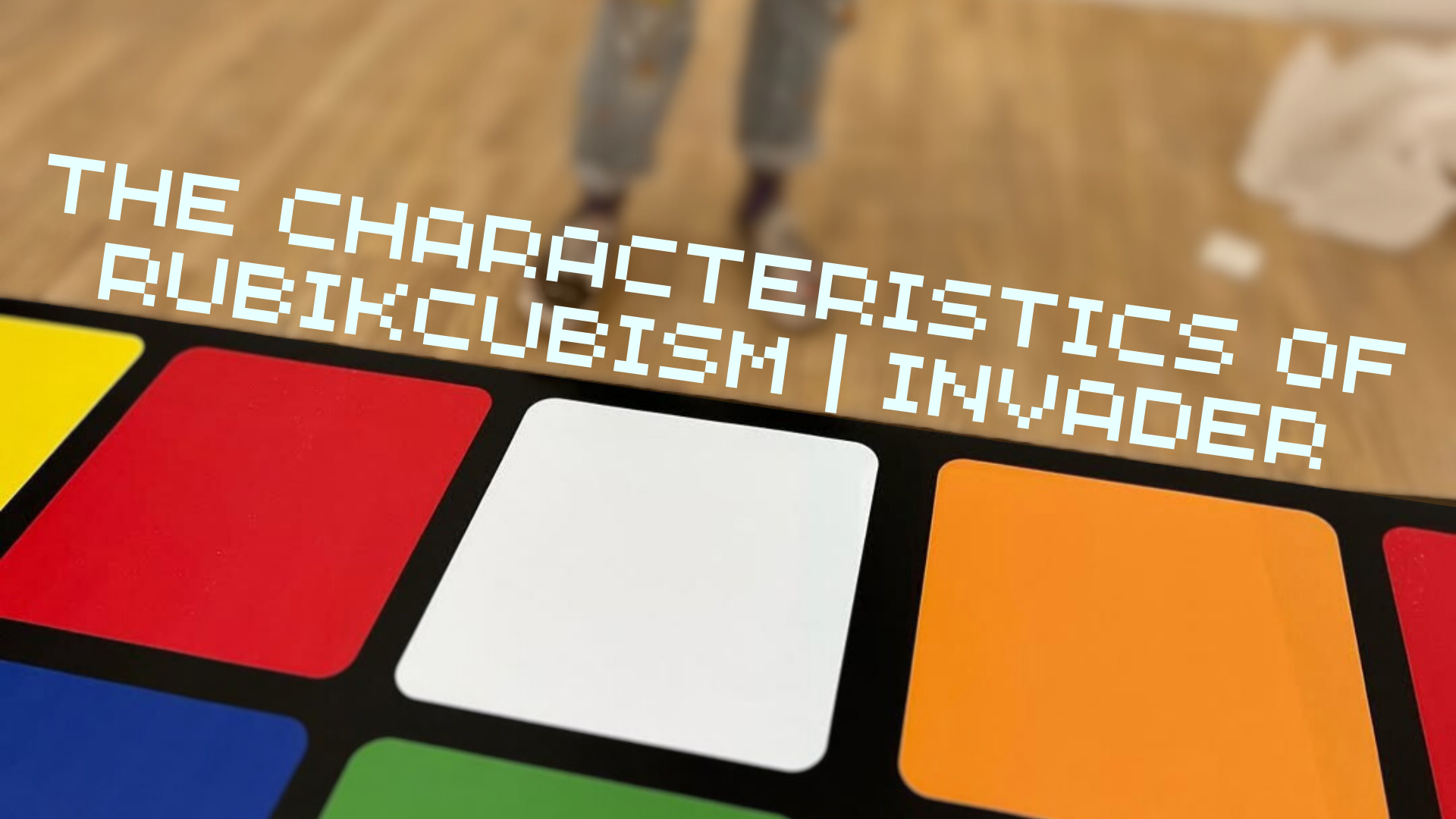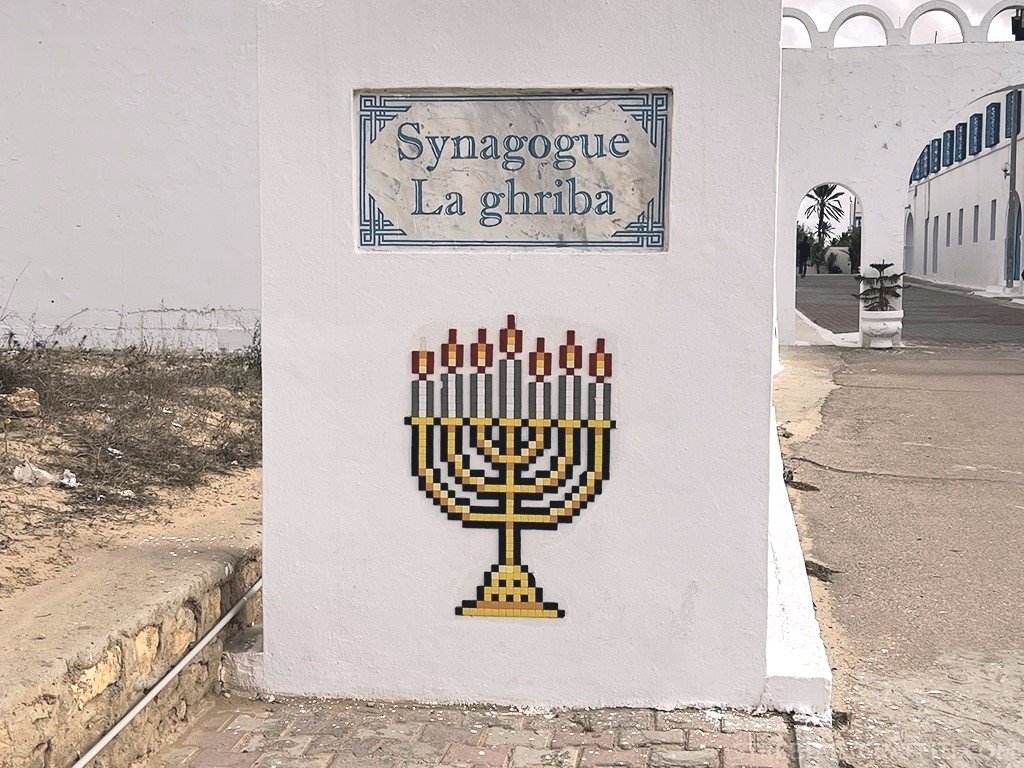Invader’s Legal works and Commissions
read more
Invader has captivated audiences worldwide with his vibrant mosaics in a pixelated style. Invader's work is instantly recognizable. His colorful, pixelated mosaics are strategically placed in urban environments, transforming cityscapes into playful art galleries. Each piece is a tribute to the retro video games that have impacted popular and gaming culture. While his art is celebrated for its creativity and nostalgia, it raises doubts about its legality and focuses on the intriguing tension between Invader's artistic expression and the legal challenges it faces.
Why is it illegal?
Street art exists in a gray area between legality and illegality, often sparking debate about its place in urban environments. While some view it as a vibrant form of self-expression and a tool for social commentary, others see it as an act of vandalism. The legality of street art largely depends on permission; murals commissioned by property owners are lawful, whereas unsolicited art on public or private property without consent is typically considered illegal. This ambiguity allows street art to challenge the boundaries of art and ownership, creating a dynamic tension between artists, authorities, and communities. As a result, street art continues to thrive in this complex space, simultaneously celebrated and scrutinized.
Invader’s works are similarly situated in the gray area between street art and vandalism. Invader's art often blurs the line between sanctioned street art and unauthorized graffiti. Many of Invader's pieces are installed without prior approval, leading to potential legal repercussions. Property owners may remove or even destroy his art, viewing it as damage rather than a cultural contribution.
While some cities embrace his work, others view it as mischief. This ambiguity creates a complex legal landscape for the artist and his installations. When many cities have strict regulations against unauthorized public art, Invader continues violates these regulations and makes his art illegal.
NY_193
Permissions
Occasionally, Invader asks for permission from the officials in places where he knows he should be respectful.
For example, in the Invasion of Djerba in 2019, Invader invaded the Djerba Synagogue, one of the oldest synagogues in Africa. DJBA_57 is the second last mosaic Invader had done in Djerba, which depicts a lit menorah, the symbol of light in Jewish culture. The purpose of this piece is to pay tribute to the citizens living in harmony even if they have different cultures and beliefs. Thousands of people come for pilgrimage. In formal locations as such, Invader received approval from them before taking action.
I particularly wanted to salute something unique to Djerba: its diversity and its mindfulness.
-Invader
DJBA_57
Commissions
A few of the commissioned installations Invader has created are what he calls 1% legal. Different from usual installations, some official agencies or private entities commission him to create for them. Usually, they are in open spaces in private territory for everyone to enjoy. They have granted him carte blanche, complete freedom, and control to create one or several pieces for them. It is unsure whether he is paid in the commission, but a lot of the works are located in large buildings that are important to the city, such as museums and hospitals.
And A, Osaka, Japan
Salpêtrière Hospital street art, curated by gallery Itinérrance & 13th district of Paris
PA_1205
Musée Ingres, Montauban
MTB_09
MTB_11
MuseumsQuartier, Vienna, Austria
Urban Achemists, Jonathan LeVine Gallery at Wynwood Walls, Miami, USA
SD_10
Museum of Contemporary Art San Diego, San Diego, USA
DJN_01
DJN_09
Daejeon Museum of Art, Daejeon, South Corea
CHAR_01
Asphalte#1, BPS22, Charleroi, Belgium
Planétarium de Ravenne, Italy
Conclusion
Despite legal challenges, Invader's art has a profound cultural impact. It encourages people to explore their cities and engage with art in unexpected places. His work has become a global phenomenon, inspiring conversations about the role of street art in public spaces.
Invader's art exists in a fascinating intersection of creativity and legality. While his mosaics may face uncertain futures, their ability to captivate and inspire remains undeniable. As street art continues to evolve, Invader's work challenges us to reconsider the boundaries of art and its place in our world.
All rights reserved
~
We do not own any copyrights to the photos used
~
All rights reserved ~ We do not own any copyrights to the photos used ~



































































